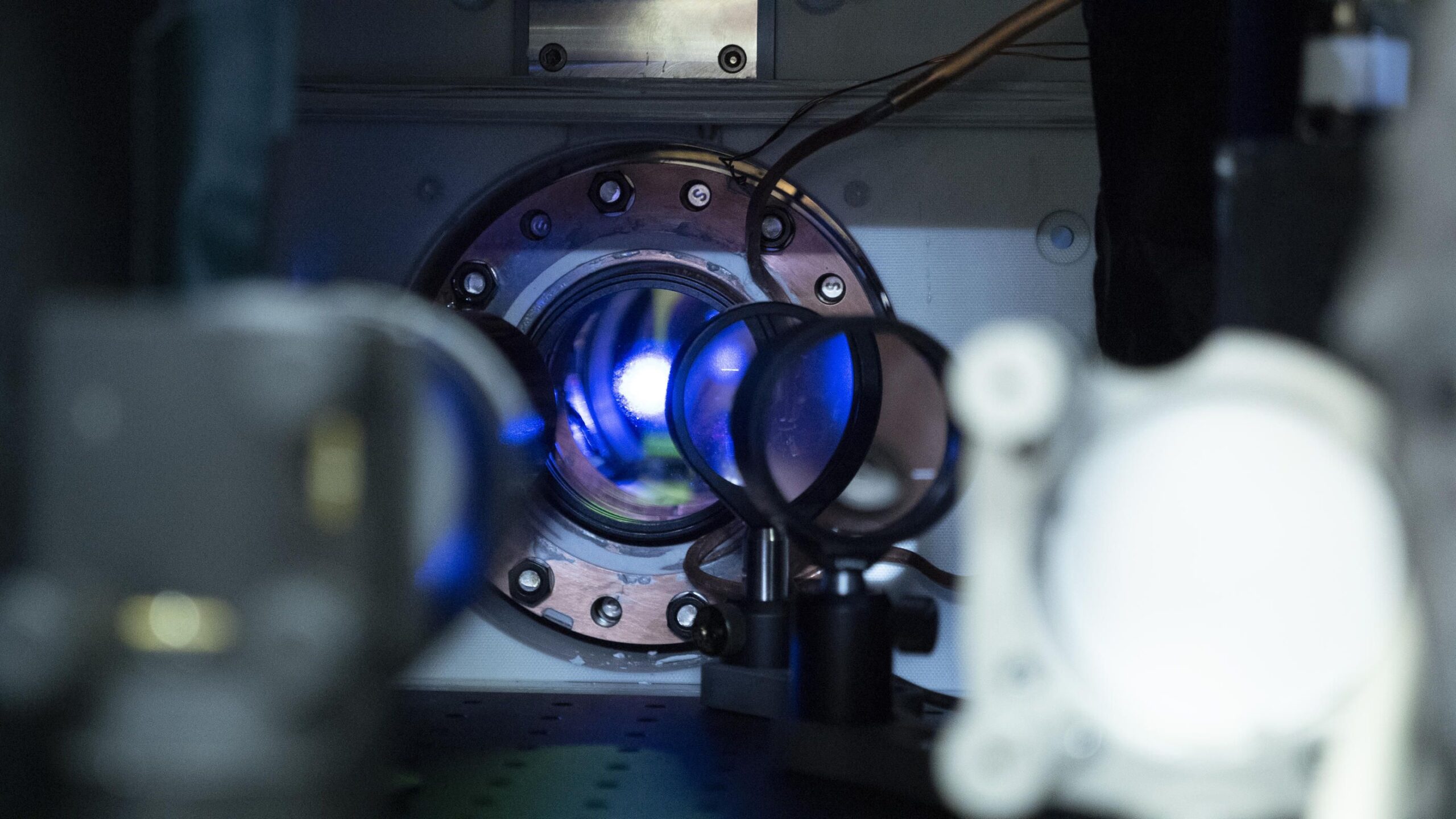By Gaia Zaninetti and Sophia Gabriele, Y10
Marijuana, also known as pot, grass, or herb, is a psychotropic (mind-altering) drug that can be used for several different purposes. It is made from the dried leaves, stems, flowers, buds, and seeds of the Cannabis plant. It comes in many forms: traditional marijuana, an assortment of the dried leaves, flowers, buds, etc…; hash, a drug made from cannabis resin; shatter, an amber-coloured solid form, and oils containing THC and/or CBD.
The primary psychoactive compound found in Cannabis is delta-9-tetrahydrocannabinol (THC), the chemical responsible for giving its user a high. The higher the concentration of THC, the more powerful the feeling. The effects of THC depend on the person, but in general most people experience heightened senses, relaxation, and hunger. THC disrupts the brain’s transmission of information and magnifies thoughts, imagination, and perception. Cannabinoids affect the levels of neurotransmitters dopamine and norepinephrine in the brain, often leading to a sense of euphoria, relaxation, pain modulation, and the general enhancement of an experience. However, they can sometimes cause anxiety and paranoia.
There are various ways to consume marijuana for recreational purposes. The most common are smoking it or consuming it via edibles (food which contains marijuana); however, other methods exist. Many people smoke marijuana in joints (hand-rolled cigarettes); in pipes; in bongs (a type of pipe in which water is used to cool the smoke as it passes through); or in blunts (marijuana rolled in cigar wraps). Smoking e-cigarettes filled with THC or CBD infused vape juice is a newer method that is becoming increasingly popular. However, it is simultaneously becoming one of the most dangerous, with thousands of users developing severe pulmonary issues.
Marijuana is not currently legal in all countries; however, decriminalisation is becoming more common. Nonetheless, users must be cautious. The drug can be highly addictive and cause many health problems. It can also increase the chances of clinical depression, worsen pre-existing mental disorders and weaken the immune system. Marijuana can also impair the brain’s functions, affecting learning and the retention of information. If smoked, marijuana can, moreover, inflame and irritate your lungs.
Despite this, Marijuana does have medicinal uses. The study of chemicals present in weed, called cannabinoids, has led to the development of multiple medications treating certain illnesses and symptoms.
There are two main cannabinoids from the marijuana plant used in medicine: THC and CBD. THC’s main function is to increase appetite and decrease nausea, although it can also be used to decrease swelling, alleviate muscle control problems, and treat inflammation. On the other hand, CBD doesn’t create a high, unlike THC. It is hence not used for recreational purposes. Instead, CBD can reduce pain, inflammation, and control epileptic seizures.
The FDA (U.S. Food and Drug Administration) does not recognize the marijuana plant as medicine, but it has approved certain medications containing cannabinoids, such as a CBD-based liquid medication called Epidiolex®, used for the treatment of epilepsy. Dronabinol and nabilone, two THC based medications, are used to treat chemotherapy-induced nausea and increase appetite in patients with extreme weight loss caused by AIDS. The United Kingdom, Canada, and several European countries have approved nabiximols (Sativex®), a mouth spray containing THC and CBD. It treats muscle control problems caused by multiple scleroses, but it is not FDA-approved in the United States.
In conclusion, marijuana is a very interesting topic which faces lots of controversy and criticism. It is best to refrain from using marijuana because of its effects on the brain and lungs, although it is popular for personal enjoyment, and can be helpful to treat illnesses and symptoms. Nevertheless, scientists are constantly trying to develop new ways to use marijuana and its extracts as a cure to various medical conditions.



